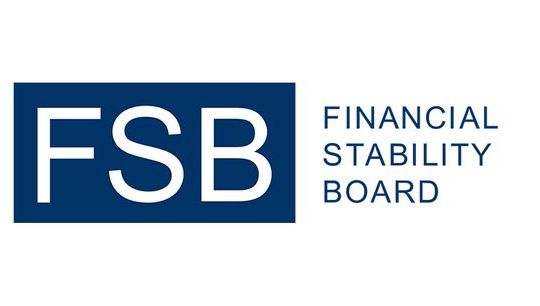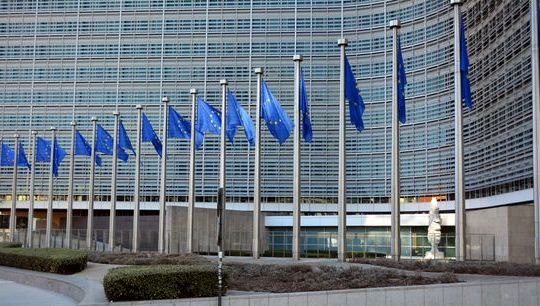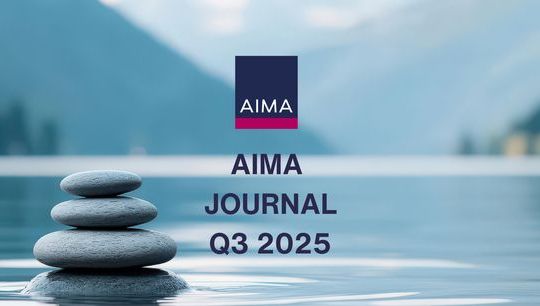How to thrive in hedge funds in 2022: An assessment of the risks & opportunities ahead
By Heinrich Merz, Pictet Alternative Advisors
Published: 21 March 2022
2022: A year of volatility & dislocation
In our 2022 Hedge Fund Outlook, published during the waning days of last year, we argued that markets were primed for higher volatility and at increased risk of dislocation. That view is being borne out.
Broadly effective vaccination campaigns, waves of COVID-variants that have, thus far, had a diminishing impact and supportive central banks had pushed valuations past their pre-pandemic highs and stoked inflation.
The US Federal Reserve acknowledged that slowing growth, rising inflation and fading disinflationary forces originating in China caused a policy conundrum. This, in turn, sparked ructions across fixed income markets and drove a vicious rotation out of growth to value in equities during December and January.
As 2022 develops, central banks will face an ever more challenging tightrope walk. Poor rate communication and/or taper sequencing may lead investors to lighten up further on any number of still exuberantly priced investments. Set against this are healthy consumer balance sheets, an active corporate sector and a private equity community flush with cash and hunting for growth and yield to stave off inflationary debasement. A continuing retreat of market makers means depth remains ephemeral. Put this all together and you have a recipe for continued volatility.
The backdrop will be further complicated by domestic politics and geopolitics. In the US, Democrats are likely to lose their razor-thin congressional majority allowing legislative gridlock to reassert itself. In China, all eyes will be on the 20th CCP Congress and the management of the nation’s stock of real estate debt. Europe will face its challenges as it seeks to roll back Covid-support programs during a presidential election year in France, new leadership in Germany and continuing Brexit-related adjustments in the UK.
Hedge funds: Positioned for dispersion
For the hedge fund industry, the challenges that volatility, dispersion and dislocations pose to the traditional 60/40 portfolio model will likely be a boon. The relative value arbitrage strategies that thrive on the elevated volatility that accompanies rising rates should prosper. From 2016 to 2019, continually decreasing rates, low inflation and falling volatility across equities and rates markets led many of these arbitrageurs to struggle, prompting some even to close shop. The coming years may well see the reversal of this trend. Those targeting volatility, convertible and capital structure arbitrage opportunities will increasingly be able to differentiate themselves.
As the pandemic recedes, its impact on mid-cap corporate balance sheets is becoming clear. Debt issuance and levels of corporate leverage hit new highs while credit quality deteriorated, particularly in the consumer discretionary industry and in travel and leisure. This has left many of these firms vulnerable to rising rates now that the cycle has started to turn. As the cost of debt rises, increasing input costs put pressure on margins – which will be further affected by a rolling back of economic support programmes. This will open up fertile ground for event-driven strategies such as merger arbitrage and activist strategies, among which we prefer managers who create their catalysts as well and those who seek out less crowded niche M&A deals. We also like opportunistic managers able to shift capital between equity, credit and risk arbitrage trades as market conditions alter. Within the relative value space, Special Purpose Acquisition Company (SPACs) arbitrage has become less fevered. As managers shift capital out of the strategy, return drivers will diversify further.
We expect distressed credit strategies to benefit from a growing pipeline of restructuring opportunities as the year progresses. Even following their latest spike, credit spreads have remained close to their tight pre-pandemic levels across both the US and European markets, especially in large-cap names. For mid-cap corporates, any shift in rates or liquidity as wage pressure tightens margins could release a tightly coiled spring. Although the trend remains in its infancy, 2022 may provide a good entry point for patient investors with the skillset to sort through and renegotiate the market’s abundance of light covenant agreements.
For equity long-short strategies, December and January’s growth/value rotation marked the end of the ‘re-opening trade’ that followed the ‘work-from-home trade’ of the prior year. The broad top-down themes that will heavily influence other strategies are less likely to determine the positioning of equity long-short managers overall – aside from the diminishing risk of a new, virulent COVID variant. Instead, we see a return to idiosyncratic factors as being drivers of equity returns. As a result, we favour specialist equity managers with stock-specific short books whose fundamental bottom-up approach, lower market net exposures and constrained levels of leverage give them the staying power to hold positions through periods of higher volatility. The market environment should increasingly favour those able to hold short positions as central banks progressively pare back excess liquidity and people return to work.
We continue to favour Asia-based managers focused on niche domestic industries with relatively less exposure to global trade, given that rising geopolitical risks are bleeding into markets. A volatile but less thematically imbalanced market is likely to provide a further tailwind to diversified multi-manager platforms and quantitative equity market neutral strategies.
To thrive in 2022 – a year of transition both from the pandemic and a negative rate environment – will, as ever, require effective risk and asset-liability management. But it also demands a set of underlying strategies that benefit from the resulting heightened volatility. These are likely to be the same strategies that faced the most challenging time in the low volatility, pre-pandemic years leading up to 2019, which is to say, arbitrage strategies.







